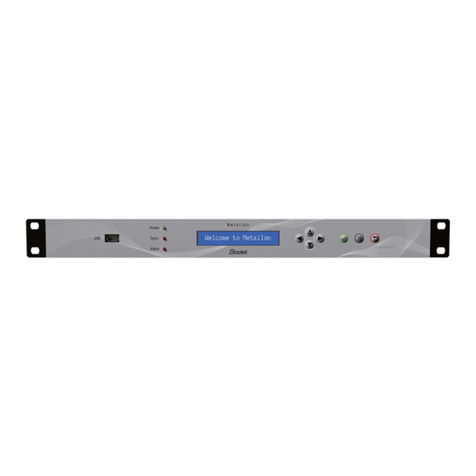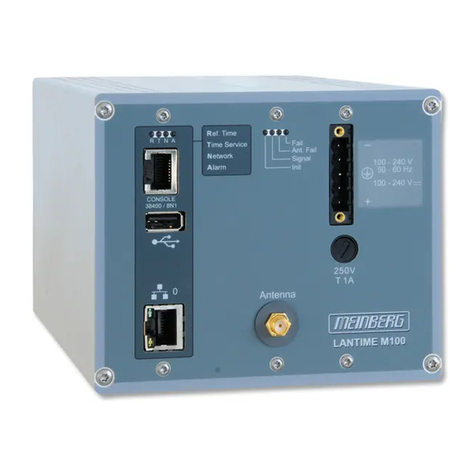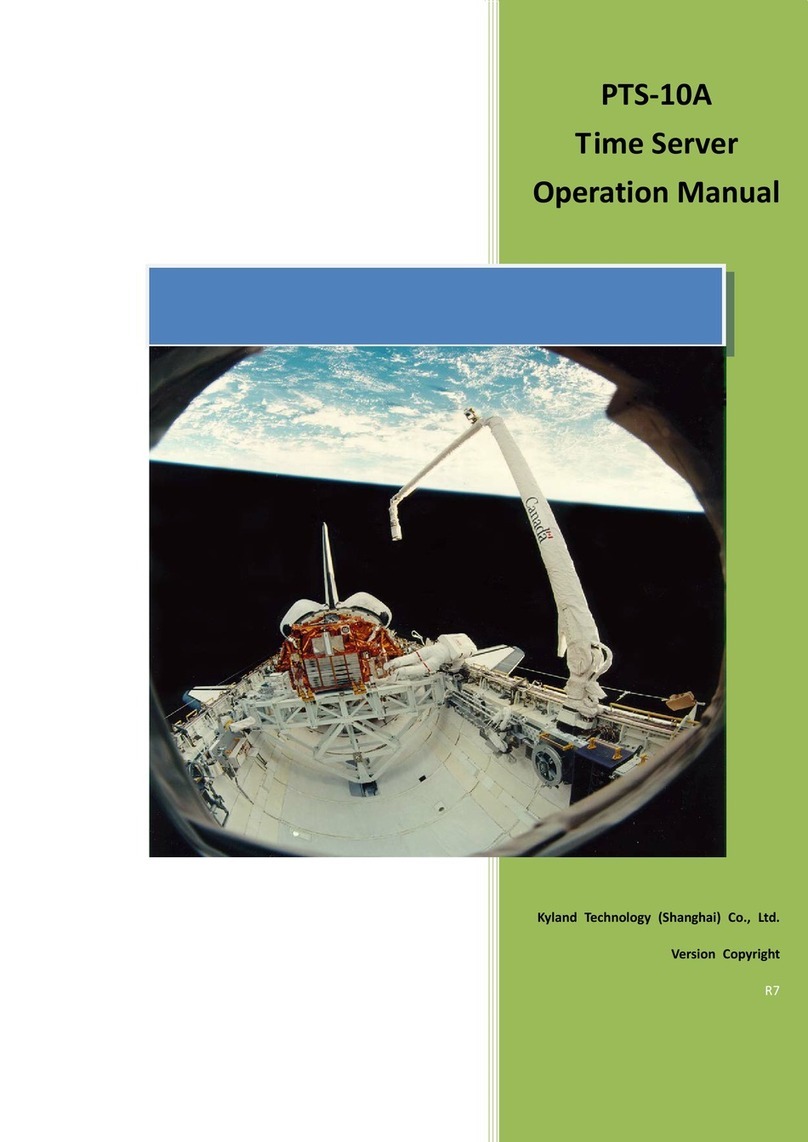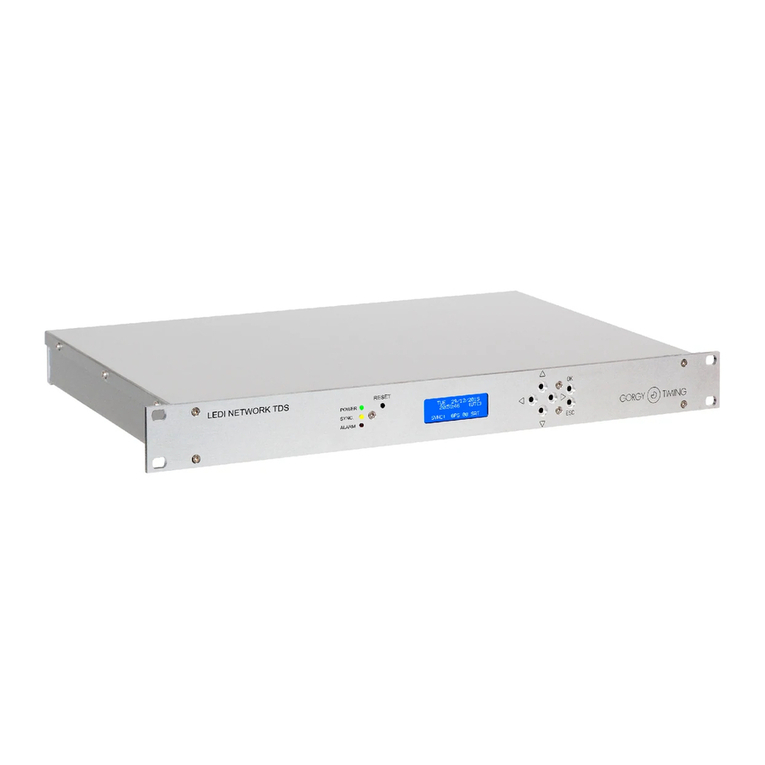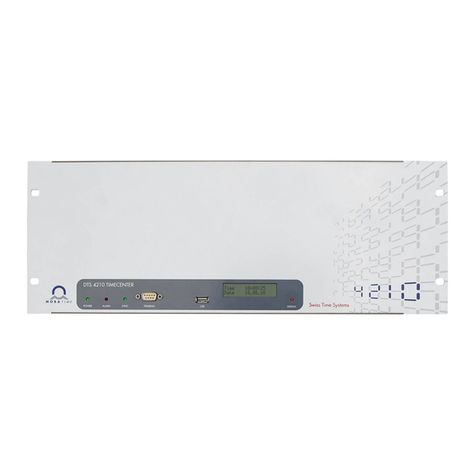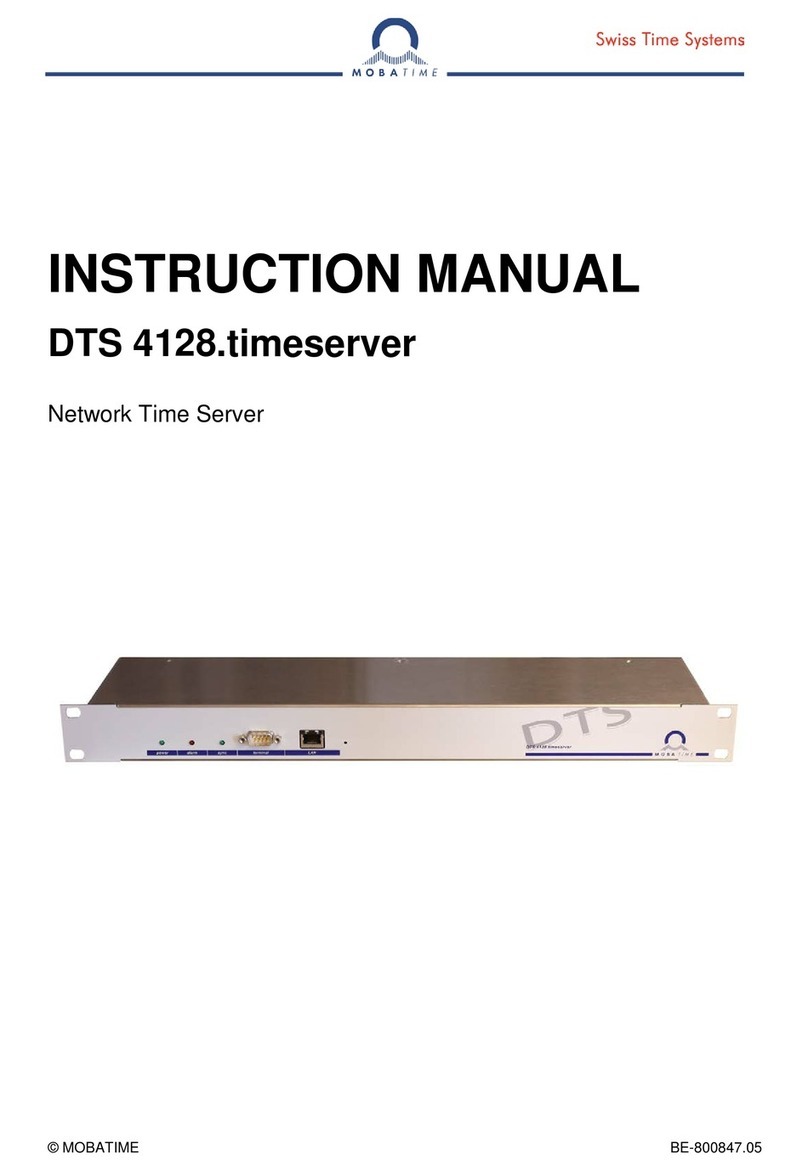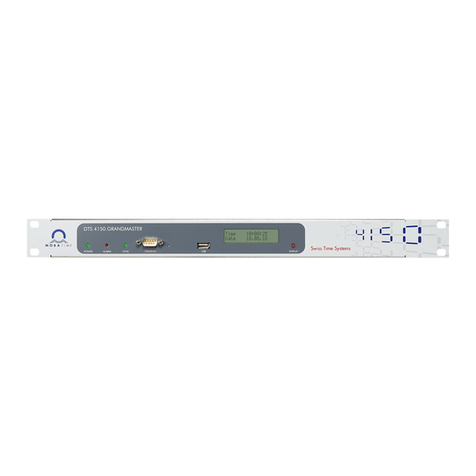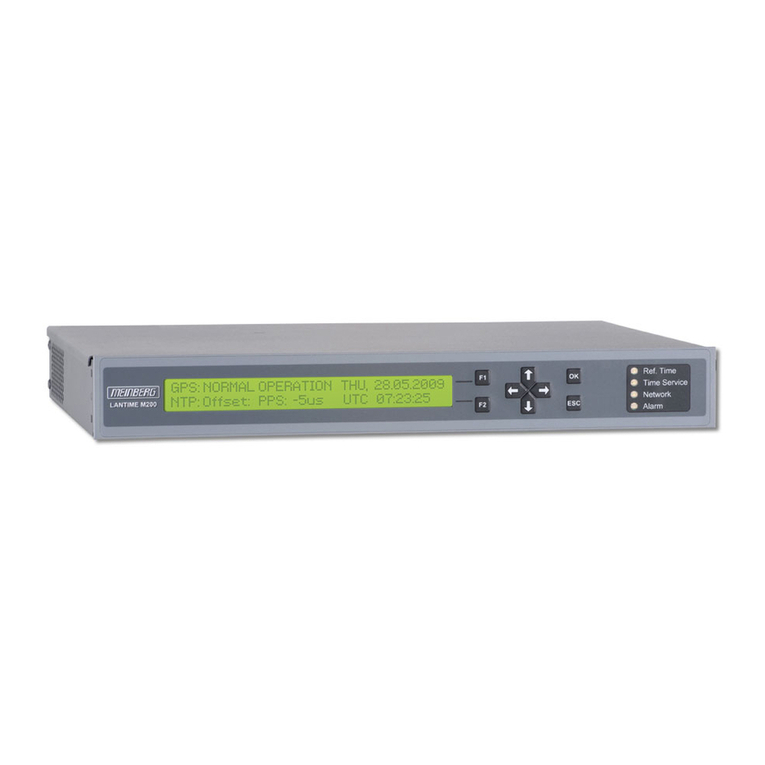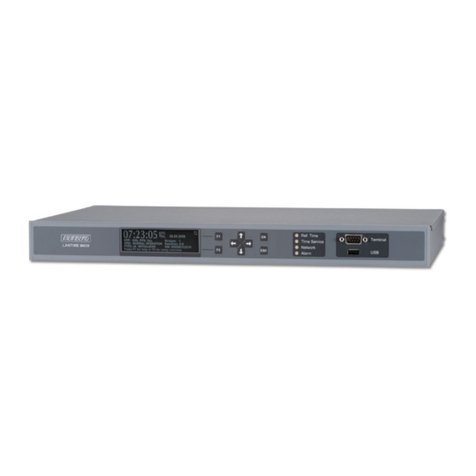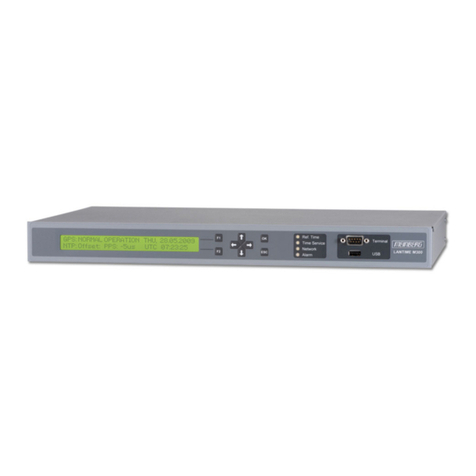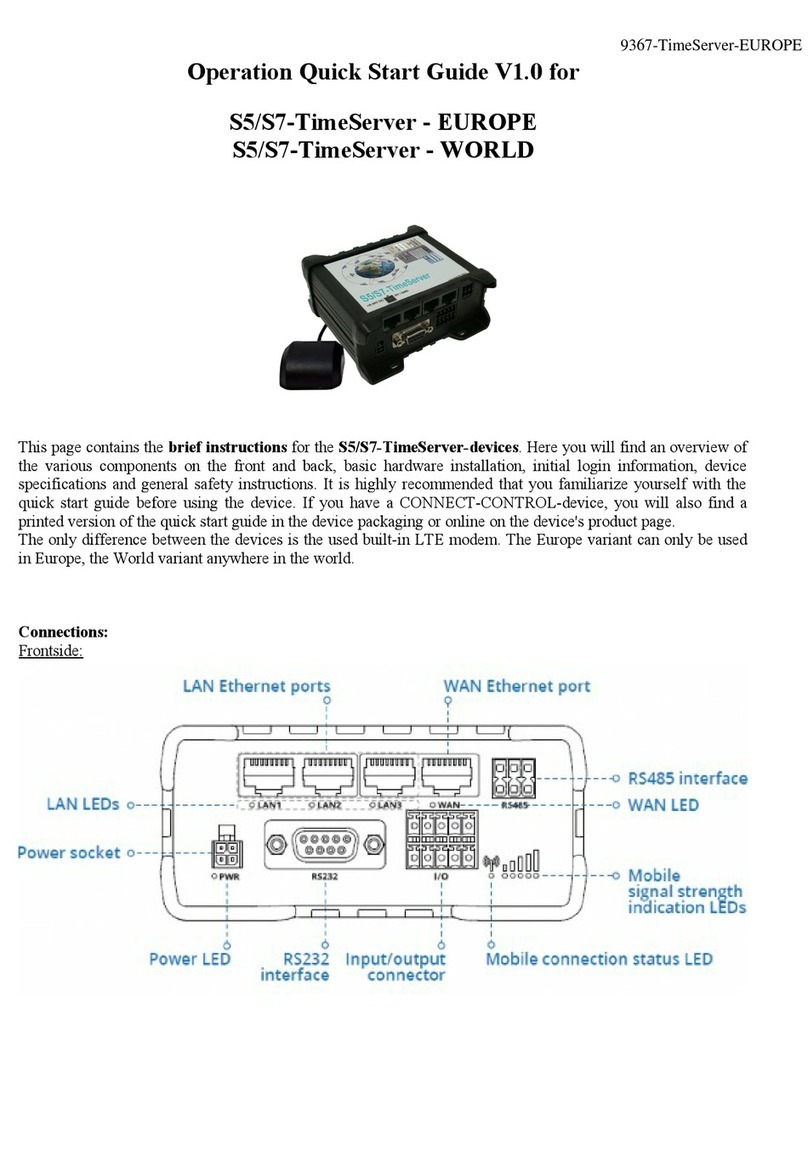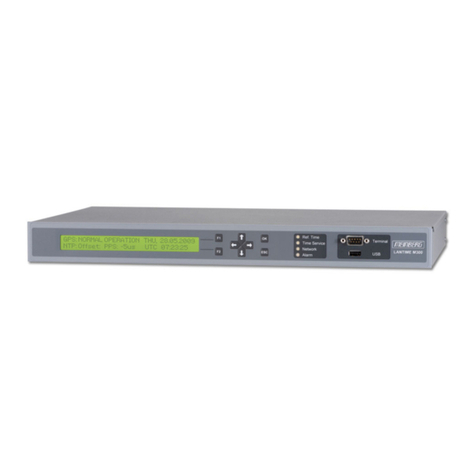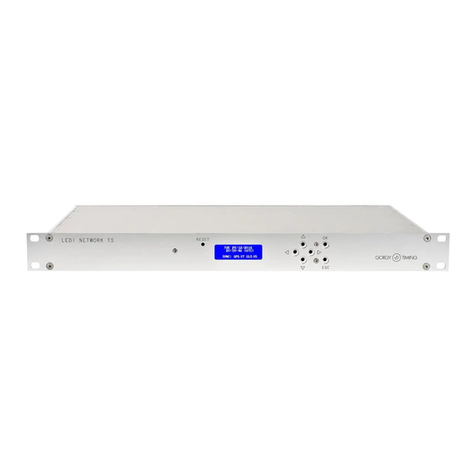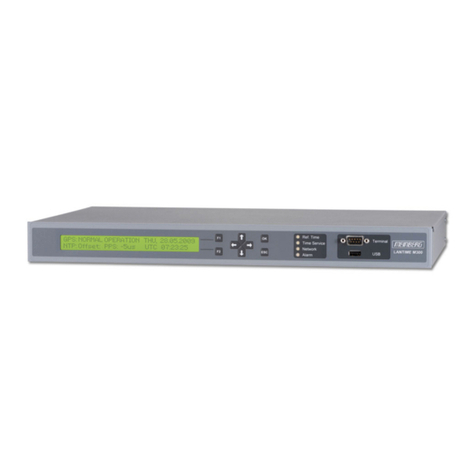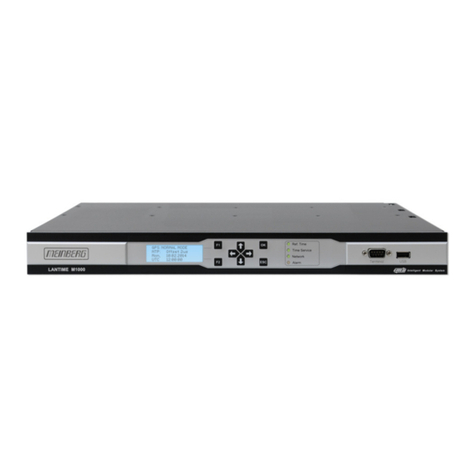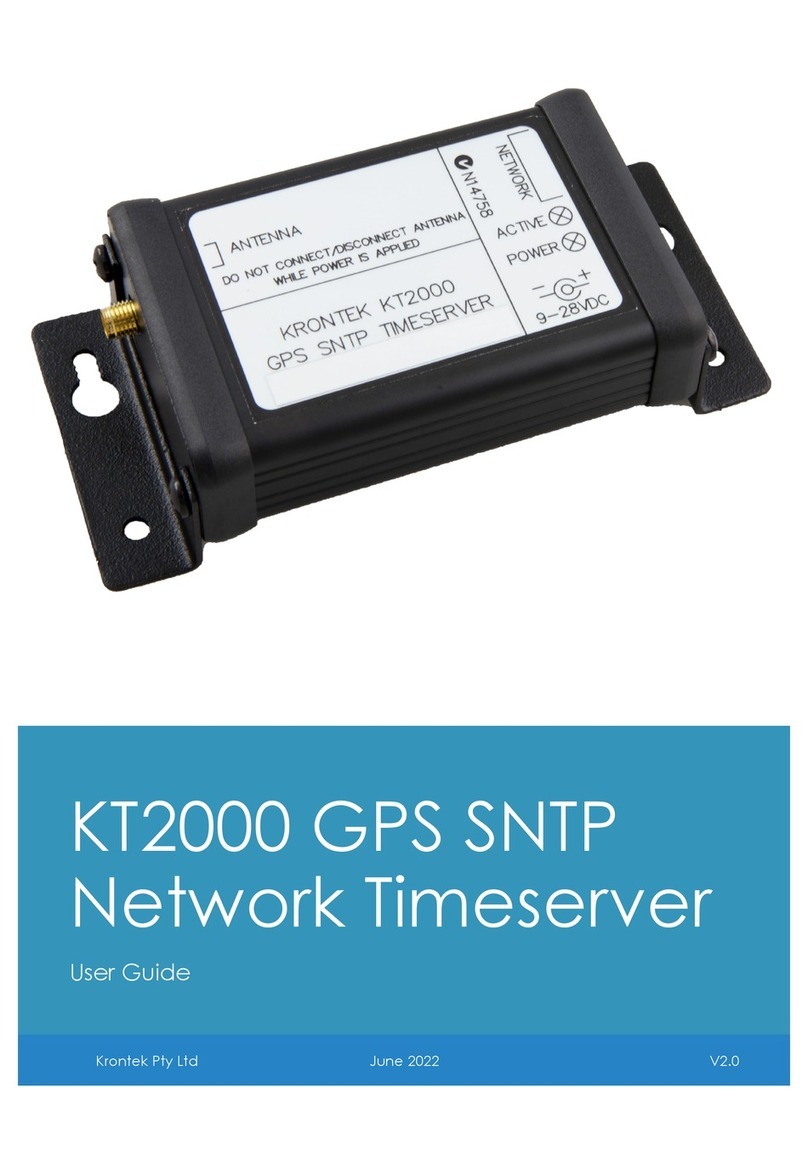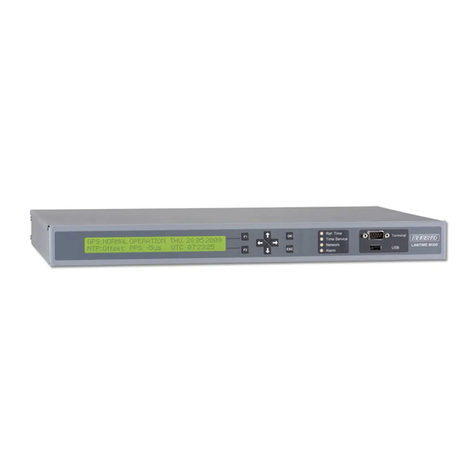
© MOBATIME 4 / 84 800984.03
Table of contents
1Safety .............................................................5
1.1Safety instructions....................................... 5
1.2Symbols and Signal Words used in this
Instruction Manual....................................... 5
1.3Intended Use ............................................... 5
1.4Observe operating safety! ........................... 6
1.5Consider the installation site! ...................... 6
1.6Please observe the electromagnetic
compatibility!................................................ 6
2Maintenance...................................................7
2.1Troubleshooting: Repairs ............................ 7
2.2Cleaning ...................................................... 7
2.3Disposing..................................................... 7
3General Information: Introduction...................8
3.1Scope of Delivery ........................................ 8
3.2Technical Data ............................................ 8
3.3Device Description in this Manual ............... 8
3.4Introduction.................................................. 8
3.5Device types................................................ 8
3.6DTS distributed time system ....................... 9
3.7MOBA-NMS - Network Management
System ........................................................ 9
Overview of the main functions .............................10
3.7.1
Device management .............................................10
3.7.2
4Displays........................................................11
4.1LED displays front side ............................. 11
4.2LED indication back side........................... 12
4.3Operation elements................................... 12
5Installation ....................................................13
5.1Connections .............................................. 13
5.2Boot procedure of the Network Time
Server NTS................................................ 13
5.3Firmware ................................................... 13
5.4First configuration...................................... 13
First configuration using the default IP..................13
5.4.1
First configuration ARP procedure ........................13
5.4.2
First configuration IPv6..........................................14
5.4.3
First configuration with MOBA-NMS......................14
5.4.4
5.5Basic settings (factory settings) ................ 14
6Operation......................................................15
6.1General...................................................... 15
6.1.1
Telnet ....................................................................16
6.1.2
SSH .......................................................................16
6.1.3
Menu structure ......................................................17
6.2MOBA-NMS operation .............................. 18
6.3Main menu................................................. 19
6.4Status menu .............................................. 20
Time information and status..................................22
6.4.1
Time source information........................................23
6.4.2
6.5Configuration menu................................... 24
Lines......................................................................24
6.5.1
DCF / Pulse output ................................................25
6.5.2
NTP slave clocks / time zone server .....................26
6.5.3
Time administration...............................................27
6.5.4
General time settings ............................................28
6.5.5
Time source...........................................................29
6.5.6
NTP server ............................................................30
6.5.7
Manual time setting .............................................. 34
6.5.8
Alarms................................................................... 35
6.5.9
Alarm mask........................................................... 35
6.5.10
E-mail.................................................................... 36
6.5.11
SNMP traps .......................................................... 38
6.5.12
General settings ................................................... 40
6.5.13
Network................................................................. 41
6.5.14
Services (network services FTP, telnet,
6.5.15
SSH...) .................................................................. 43
SNMP ................................................................... 44
6.5.16
SNMP V1 / V2c..................................................... 45
6.5.17
SNMP V3.............................................................. 46
6.5.18
Time zone selection.............................................. 49
6.5.19
6.6Maintenance menu ....................................50
7Updates ........................................................51
7.1Updating images with MOBA-NMS............51
7.2Updating images with FTP.........................51
7.3Updating applications or configurations
with FTP.....................................................52
7.4FTP connection..........................................52
7.5SFTP connection .......................................53
7.6SCP connection .........................................53
7.7Save configuration externally.....................54
8Time administration ......................................55
8.1Concept of time administration ..................55
8.2Time acceptance from NTP .......................56
8.3Fixstratum for local time source.................57
8.4Time server ................................................57
8.5Time accuracy, time-keeping.....................58
8.6Leap second...............................................58
8.7NTP Authentication ....................................58
8.7.1
NTP symmetric keys............................................. 58
8.7.2
NTP Autokey......................................................... 60
9SNMP ...........................................................61
9.1General ......................................................61
9.2Device configuration with SNMP................62
9.3NTS subagent SNMP notification ..............62
9.3.1
Start up [ntsStartUp] ............................................ 62
9.3.2
Shutdown [ntsShutdown]...................................... 62
9.3.3
Status changed [ntsStatusChanged] .................... 63
9.3.4
Configuration changed [ntsConfigChanged]......... 63
9.3.5
Alive notification [ntsAlive] .................................... 63
9.3.6
Alarm notification [ntsAlarm]................................. 64
AConnection diagrams....................................65
A.1Front connections ......................................65
A.2Connections (rear view) .............................65
A.3Plug-in spring terminals .............................66
A.4Connection GPS 4500 or DCF 450 ...........66
BTime zone table............................................67
CAlarm list.......................................................70
DTroubleshooting............................................72
ECopyright notice............................................73
FParameters...................................................74
GTechnical data ..............................................77
HIndex.............................................................79
IConnection table (to fill in)............................81

